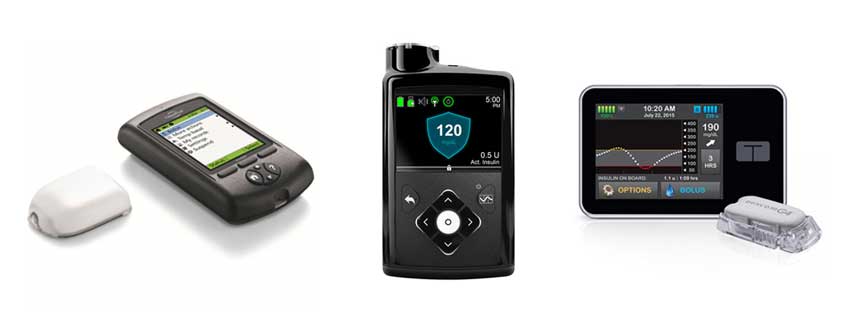Insulin Pumps
There’s no denying the importance of insulin in diabetes management. Still, it’s also hard to ignore the fact that insulin injections can be a pain – literally, in many cases. And even when you set the discomfort factor aside, this process is far from convenient.
Because of this, many people with diabetes have turned to insulin pumps for their insulin delivery needs. These devices can deliver the insulin you need, when you need it – all without getting in your way as you live your life. Of course, these devices aren’t for everyone; furthermore, even if you decide an insulin pump is a good fit for you, you’ll need to choose a device that meets your needs. If that sounds confusing, read on for ADS’ breakdown of the best insulin pumps on the market today.
What Are Insulin Pumps?
Ultimately, insulin pumps and insulin injections have the same goal – delivering insulin to people with diabetes. The difference lies in the way they achieve this goal. Unlike “traditional” insulin delivery methods, insulin pumps are computer-powered devices. They can deliver both a steady, measured flow of insulin known as “basal insulin” and bolus doses, which are larger doses of insulin you can schedule close to mealtimes.
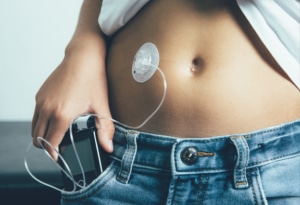
Insulin Pumps vs. Patch Pumps
Have you heard of something called a “patch pump” that you can use for insulin delivery? If so, you might be curious about the difference between these devices and insulin pumps. The truth is, a patch pump is a specific type of insulin pump, but it’s good to understand what sets products in this category apart.
Patch pumps can deliver basal and bolus insulin as needed, just like other insulin pumps. However, they aren’t nearly as large as “standard” insulin pumps. Along with this, most patch pumps have a needle that attaches the device to the user’s skin with no tubing in between. If you’d like to use an insulin pump but don’t want to carry a sizable device around all day, a patch pump may be your best bet.
Who Can (And Who Should) Use An Insulin Pump?
No medical device is suitable for everyone, including insulin pumps. That said, you may benefit from using an insulin pump if you:
- Are physically active. You can change your basal rate or even suspend insulin delivery during a workout with an insulin pump.
- Have gastroparesis, or delayed absorption of food by the stomach.
- Are planning to become pregnant.
- Would like to use the bolus calculator functionality included in many pumps to calculate your insulin doses.
- Often have low blood sugar.
- Simply like the idea of using an insulin pump and are interested in finding out if it is right for you.
Things To Keep In Mind
Before you start shopping for an insulin pump or patch pump, there are a few things you’ll need to remember. First, you should make sure you’re able and willing to take your safety seriously while using one of these devices. That means regularly checking your blood sugar since this can alert you to problems with your pump – problems that could result in elevated blood sugar and diabetic ketoacidosis if left unchecked.
It’s also crucial to:
- Have a plan B. If your insulin pump falls off or breaks, you need to be able to fall back on “standard” insulin injections without missing a beat.
- Keep your expenses in mind. Insulin pumps are sophisticated medical devices, so they’re not always cheap. Be sure that your insurance will cover insulin pumps and check that the products it will cover are a good fit for you.
- Spend some time adjusting to life with a pump. Though an insulin pump can be highly convenient, you’ll need to figure out how to operate it, wear and conceal it at first.
Our Top Insulin Pumps
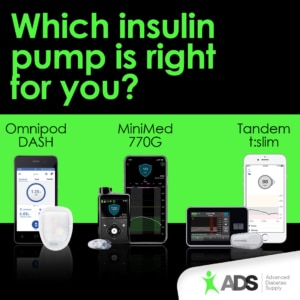
At ADS, we’re proud to carry three of the best insulin pumps on the market today. Our product pages have tons of information about each of these pumps, but we’ll give you a quick overview here, as well.
Medtronic MiniMed™ 630G Insulin Pump System
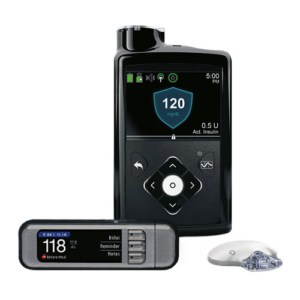
The MiniMed 630G is a feature-packed insulin pump that can be used by people with type 1 and type 2 diabetes. One of its defining abilities is its SmartGuard technology, which can help users respond to low glucose levels. * It works with Medtronic’s Guardian Sensor 3 and Guardian Link 3 Transmitter to offer optional CGM capabilities. It’s also ideal for travel, thanks to its airplane mode and waterproofing.†
Medtronic MiniMed™ 770G Insulin Pump System

The MiniMed™ 770G, is a hybrid closed loop system, meaning the insulin pump is able to deliver variable (automated) basal insulin by using an algorithm and real-time CGM sensor glucose trends. This pump features SmartGuard technology that automatically adjusts background insulin every 5 minutes.** It is approved for use in children with Type 1 diabetes two years old and up. Using real-time glucose readings, the system is able to calculate a personalized amount of insulin to be delivered based on an individual’s needs. The system connects directly with a compatible smartphone, allowing glucose trends to be viewed and provides insulin delivery on the go.
OmniPod® Insulin Management System
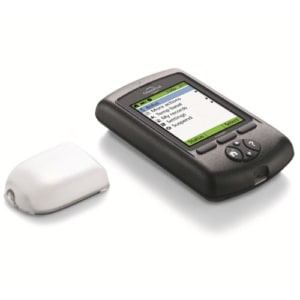
The OmniPod and the Omnipod DASH may be the most popular pump for individuals with Type 1 and Type 2 diabetes on the market today. It includes a Pod that weighs only 25 grams without insulin and is entirely self-contained. You’ll control your Pod with your PDM, which makes up the other half of the OmniPod system. With the PDM, you can adjust the timing of insulin delivery, calculate boluses, check up to 90 days of data, and even test your blood sugar level with a built-in glucose monitor. It is tubeless, waterproof and wireless meaning you won’t have to deal with tubing or having to lug a large device around!
Tandem® t:slim X2 Insulin Pump
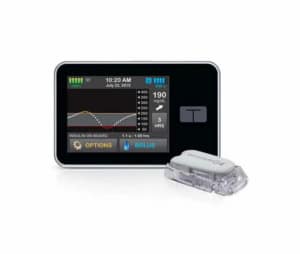
You can’t go wrong with the t:slim X2 when you need an effective yet unobtrusive insulin pump. This device is 38 percent smaller than its competitors,‡ while offering a high level of control over insulin doses with its Control-IQ and Basal-IQ technologies. For even more options, you can use the t:slim along with the Dexcom G6.§
Are you looking for insulin and other diabetes supplies? ADS can help you get those, as well. Just visit our online store to get started!
*CGM uses a special sensor to measure sugar levels just below the skin known as interstitial fluid. These sensor glucose (SG) values are different from blood glucose (BG) measurements using a BG meter. Sensor glucose values should not be used to make treatment decisions. Patients should always do a BG fingerstick before they make treatment decisions.
** Refers to SmartGuard™ Auto Mode. Some user interaction required. Individual results may vary.
†At the time of manufacture and when the reservoir and tubing are properly inserted, your pump is waterproof. It is protected against the effects of being underwater to a depth of up to 12 feet (3.6 meters) for up to 24 hours.
‡38% smaller than MiniMed 630G and 670G and at least 28% smaller than MiniMed 530G, Animas Vibe and Omnipod System. Data on file, Tandem Diabetes Care.
§Dexcom CGM sold separately. Transmitter can only be paired with one medical device (either a Dexcom receiver or t:slim X2 insulin pump) and one consumer device (phone or tablet) at the same time.

